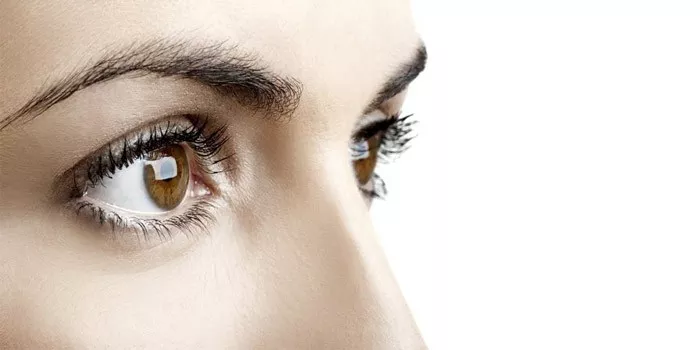Blepharoplasty, commonly known as eyelid surgery, is a popular cosmetic procedure aimed at rejuvenating the appearance of the eyelids. It addresses concerns such as sagging skin, puffiness, and under-eye bags. As with any surgical procedure, potential candidates often wonder about the longevity of the results. In this comprehensive article, we will delve into the factors that influence the duration of blepharoplasty results, including the surgical techniques employed, patient characteristics, and post-operative care. By understanding these factors, prospective patients can make well-informed decisions and manage their expectations regarding the lasting effects of blepharoplasty.
I. Understanding Blepharoplasty and Its Variations
A. Upper Blepharoplasty
Upper blepharoplasty primarily targets the upper eyelids, aiming to correct drooping skin and restore a more youthful and alert appearance. During the procedure, excess skin and sometimes underlying fat are removed, creating a smoother eyelid contour. The longevity of upper blepharoplasty results largely depends on the individual’s skin quality and age-related changes.
B. Lower Blepharoplasty
Lower blepharoplasty focuses on the lower eyelids and is designed to address under-eye bags and puffiness. Surgeons can perform the procedure through different approaches, including transconjunctival (inside the eyelid) and external incisions. The lasting effects of lower blepharoplasty can vary based on the chosen technique and the patient’s anatomy.
II. Factors Influencing the Longevity of Blepharoplasty Results
A. Surgical Technique
The specific surgical technique used in blepharoplasty can significantly impact the longevity of the results. Experienced surgeons may tailor their approach to suit the patient’s unique needs. Some techniques tighten the underlying muscles in addition to removing excess skin and fat, leading to more long-lasting outcomes.
B. Age and Skin Quality
The patient’s age and skin quality play pivotal roles in determining how long the blepharoplasty results endure. Younger patients with more elastic skin tend to experience longer-lasting effects compared to older individuals with diminished skin elasticity.
C. Sun Exposure and Lifestyle Habits
Prolonged sun exposure and unhealthy lifestyle habits, such as smoking, can accelerate skin aging and compromise the longevity of blepharoplasty results. Patients are advised to protect their skin from harmful UV rays and adopt a healthy lifestyle to optimize the benefits of the procedure.
D. Genetics
Genetic factors influence how an individual’s skin ages and how well it responds to surgical interventions. While blepharoplasty can deliver transformative results, genetics ultimately play a role in determining the extent and duration of those outcomes.
III. Expected Duration of Blepharoplasty Results
A. Short-Term Recovery Period
In the first few weeks after blepharoplasty, patients should expect some swelling, bruising, and discomfort. The initial results may not be fully visible due to these post-operative effects. However, as the healing progresses, patients will notice a more refreshed and youthful appearance.
B. Long-Term Results
Blepharoplasty results are generally long-lasting, and many patients enjoy the benefits for years. However, it is essential to note that the aging process will continue. While the surgery can effectively turn back the clock, it cannot halt the natural progression of aging.
C. Maintenance and Enhancements
To extend the longevity of blepharoplasty results, patients can implement a skincare regimen tailored to their needs. Regular use of sunscreen, moisturizers, and gentle eye creams can help maintain healthy skin and protect against premature aging. Additionally, non-surgical treatments, such as dermal fillers or botulinum toxin injections, may complement the results of blepharoplasty and further enhance facial aesthetics.
IV. Patient Expectations and Consultation
Managing patient expectations is crucial for ensuring satisfaction with blepharoplasty results. During the initial consultation, the surgeon will assess the patient’s unique facial anatomy, discuss their goals, and provide a realistic understanding of what the procedure can achieve. Honest communication between the patient and surgeon is essential to ensure the patient is well-informed and mentally prepared for the surgery and recovery process.
Conclusion
Blepharoplasty is a highly effective cosmetic procedure that can significantly rejuvenate the appearance of the eyelids. The longevity of the results depends on various factors, including the surgical technique employed, the patient’s age and skin quality, lifestyle habits, and genetics. While the effects of blepharoplasty are long-lasting, patients should understand that the aging process will continue, necessitating proper skincare and potential maintenance treatments. With a thorough understanding of these factors and realistic expectations, patients can make informed decisions and enjoy the benefits of blepharoplasty for years to come.

